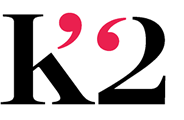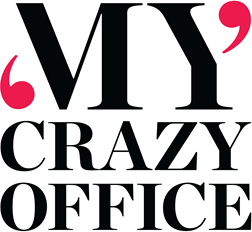
Without question, these are uncertain times. Daily routines, work lives, economic conditions and social lives have been uprooted and disrupted. Homes now serve as offices, school rooms, infirmaries, and personal gyms. We don’t know when we will get our normal lives back again.
Because there is so much we can’t control at this time, it’s important to notice and act on the things that we can. The following are things you can do to calm your nervous system, take control of your environment, and deal with these uncertain times in a constructive manner:
• Create order in small areas that you can control
Uncertainty can feel chaotic. To manage the chaos, it’s important to take small actions that provide order to your life: Get up at a regular hour, make your bed, dress for work, continue your workout routine (even if you have to modify it), plan meals, coordinate with family members when scheduling your day.
• Do things to calm your nervous system
Think of your emotions as energy-in-motion. To release anxiety, you want to do things that let the energy of anxiety move through your body. Physical activity or home workouts can really help here. Meditation, yoga, and relaxation exercises are also good. Activities like cooking, singing, playing music, playing games, making art or building things can help your brain relax.
• Stay informed but don’t drown in information
Uncertainty makes us crave control. One way you may strive for control is by tracking every piece of news that comes out about CoVid-19 on social media, online news, or TV. Information overload will make you more anxious, not less. Limits on news consumption (checking in the morning, mid-day, and at end of day) will help your brain rest – which it needs to come up with clever solutions to uncertain times.
• Look for ways to be of service
Helping, assisting, caring for others is a very concrete tool for calming your mind and lifting your spirits during times of uncertainty. With social distancing and self-quarantining, the kind of help you can offer may not be “hands on” but it still counts. Phone calls to people living alone or elderly friends/family can make a difference. Video chats with friends who need to connect. Cooking meals for others that can be dropped at their homes. Reach out in some way, and offer to help. It will give you a sense of purpose and control.
• Work at being present
Being present means you are not running forward trying to predict the worst-case scenario nor are you glancing backward focusing on what you, your business, or your government should have done differently. Being present means you look at where you are today, appreciate what you have, and take small, concrete actions to live your life as well as you can. Being present can be very challenging during uncertain times, but it allows you to deal with the current reality from a non-hysterical place.
• Practice gratitude for simple things
Practicing gratitude is one of the most powerful tools you can use during uncertain times. Gratitude allows you to see what you have and what’s working rather than focusing on what you may lose and what isn’t working. You can be grateful for your food, your morning cup of coffee, your smart phone, your bed. List three things you are grateful at the beginning of every day and share that list with a friend.
Katherine Crowley – Career Therapist and co-owner of K Squared Enterprises.

 With all of the upheaval and uncertainty we are facing, it can be more challenging than ever to be in the present moment.
With all of the upheaval and uncertainty we are facing, it can be more challenging than ever to be in the present moment. You are probably facing some difficult conversations at work regarding Diversity, Equity and Inclusion (DEI). If not, you should be. Now is the time.
You are probably facing some difficult conversations at work regarding Diversity, Equity and Inclusion (DEI). If not, you should be. Now is the time.  Without question, these are uncertain times. Daily routines, work lives, economic conditions and social lives have been uprooted and disrupted. Homes now serve as offices, school rooms, infirmaries, and personal gyms. We don’t know when we will get our normal lives back again.
Without question, these are uncertain times. Daily routines, work lives, economic conditions and social lives have been uprooted and disrupted. Homes now serve as offices, school rooms, infirmaries, and personal gyms. We don’t know when we will get our normal lives back again.

Looking to advertise with us?
We have sponsorships available on the My Crazy Office Podcast.
Please email us at info@mycrazyoffice.co.